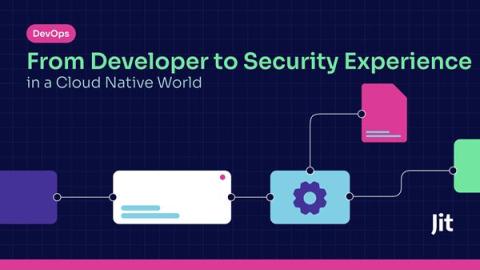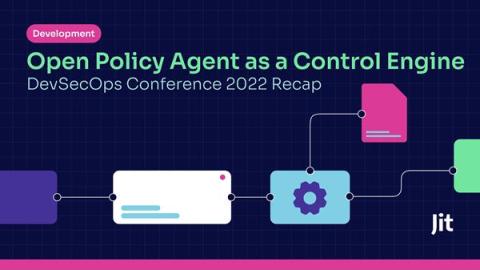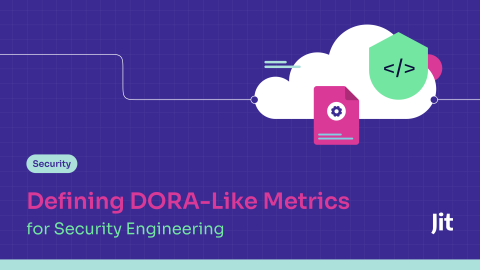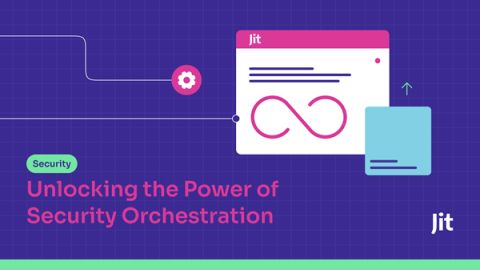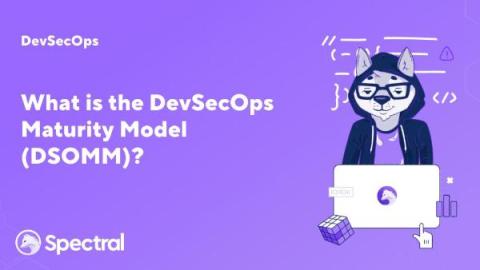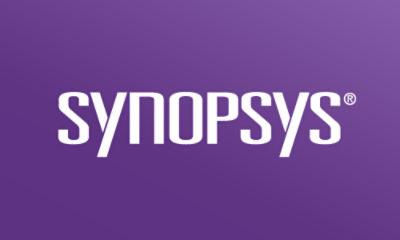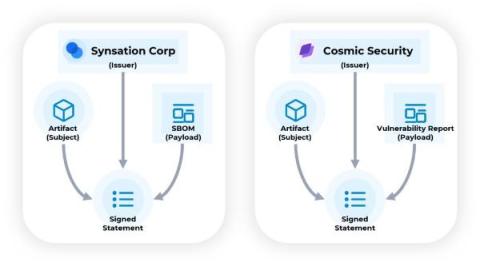From Developer to Security Experience in a Cloud Native World
We often talk about the disparate experience in the security ecosystem versus the dev-tooling world. Where developer experience has begun taking center stage in the world of dev-first and cloud native, security experience is still quite lacking across the board in our ecosystem. (I would try to coin the term DevSecEx similar to DevSecOps with a focus on DevEx, but it just doesn’t have the same ring.


